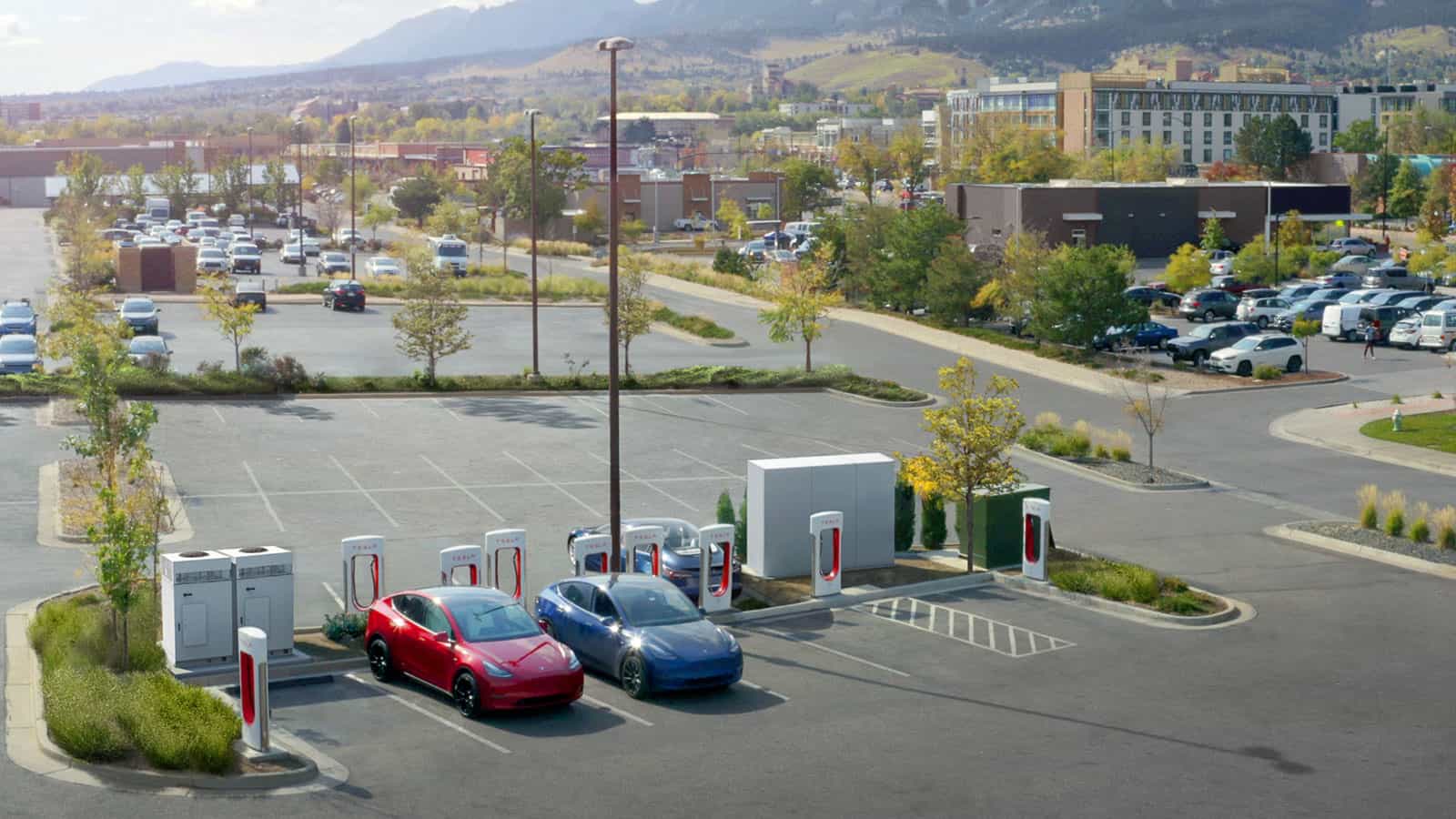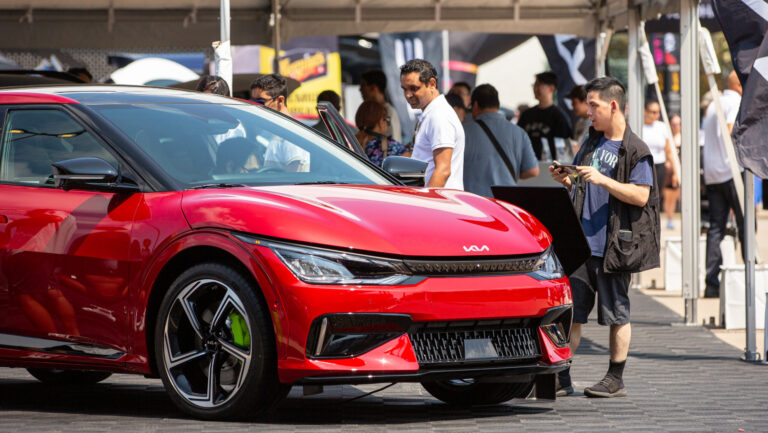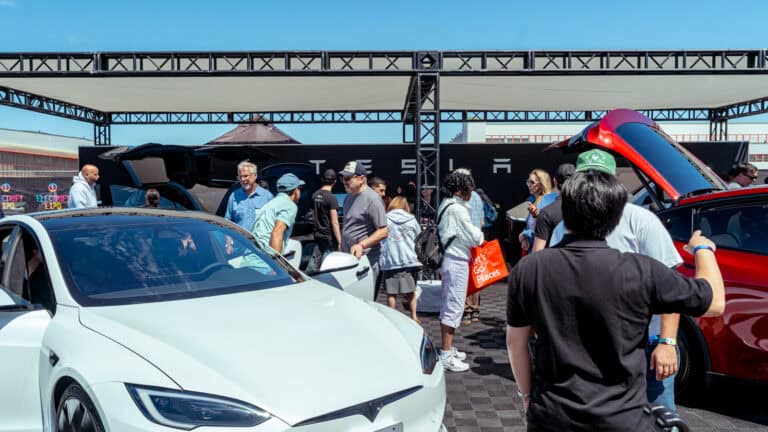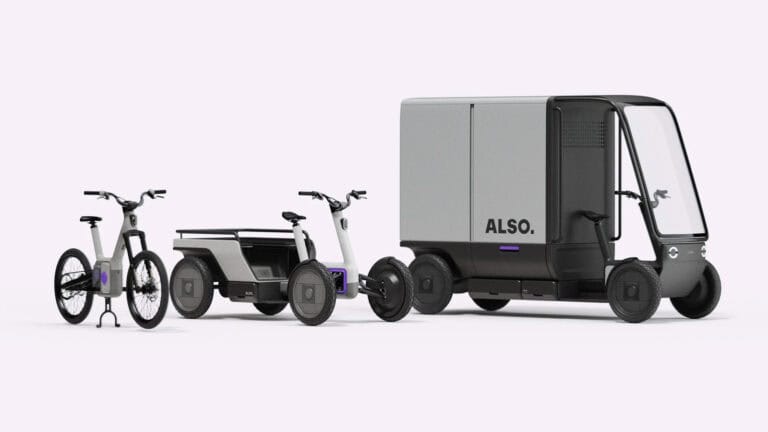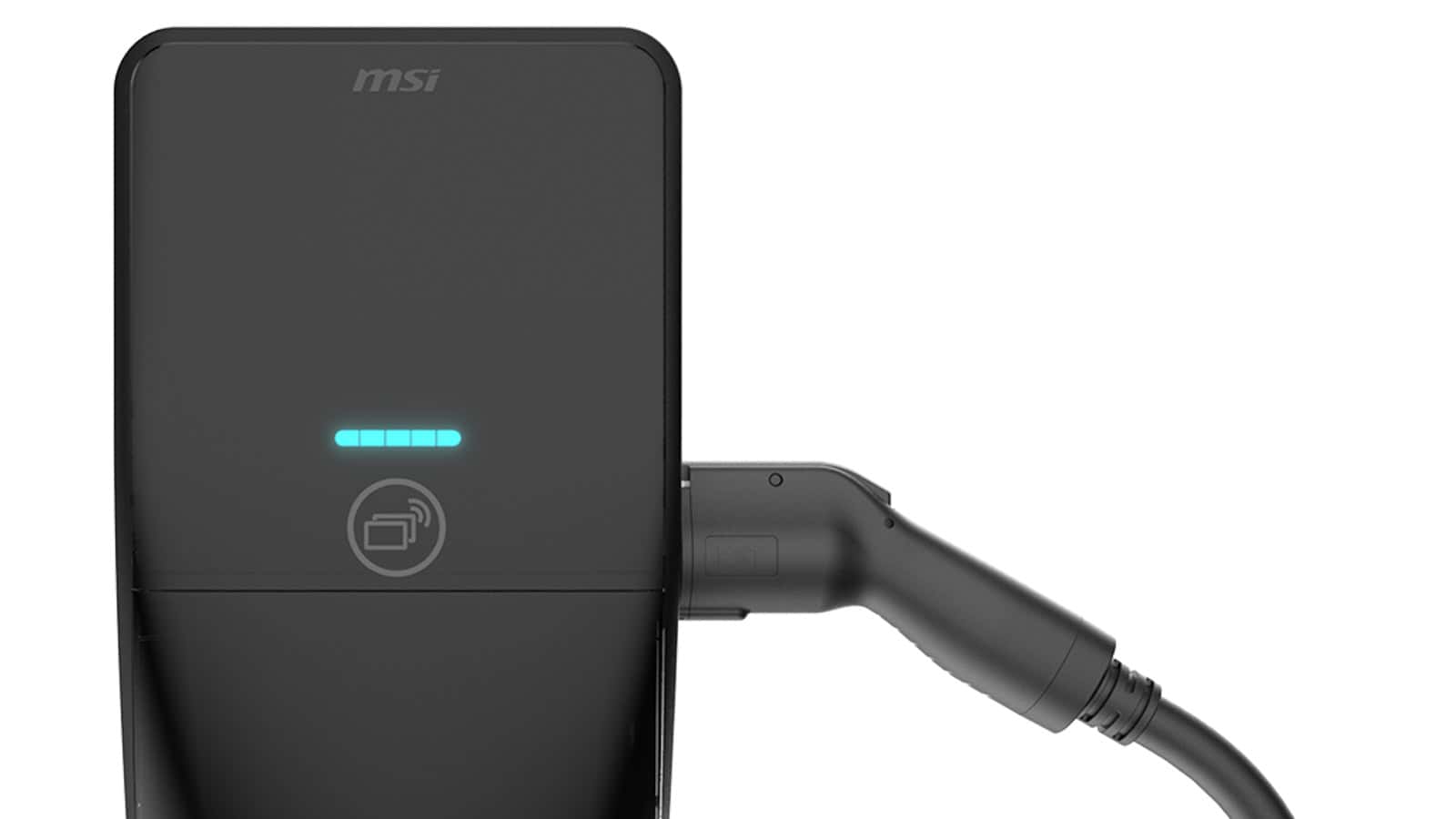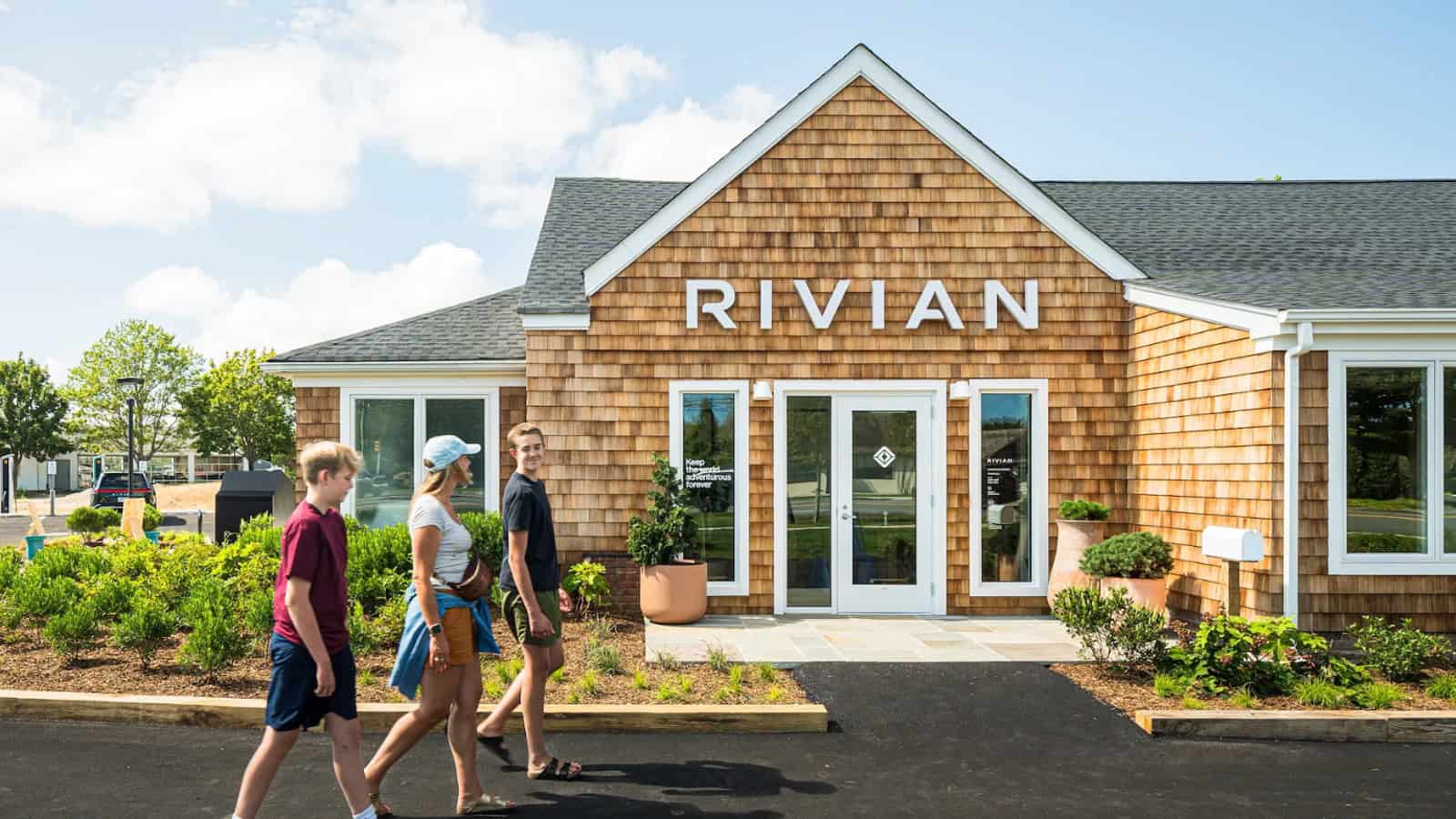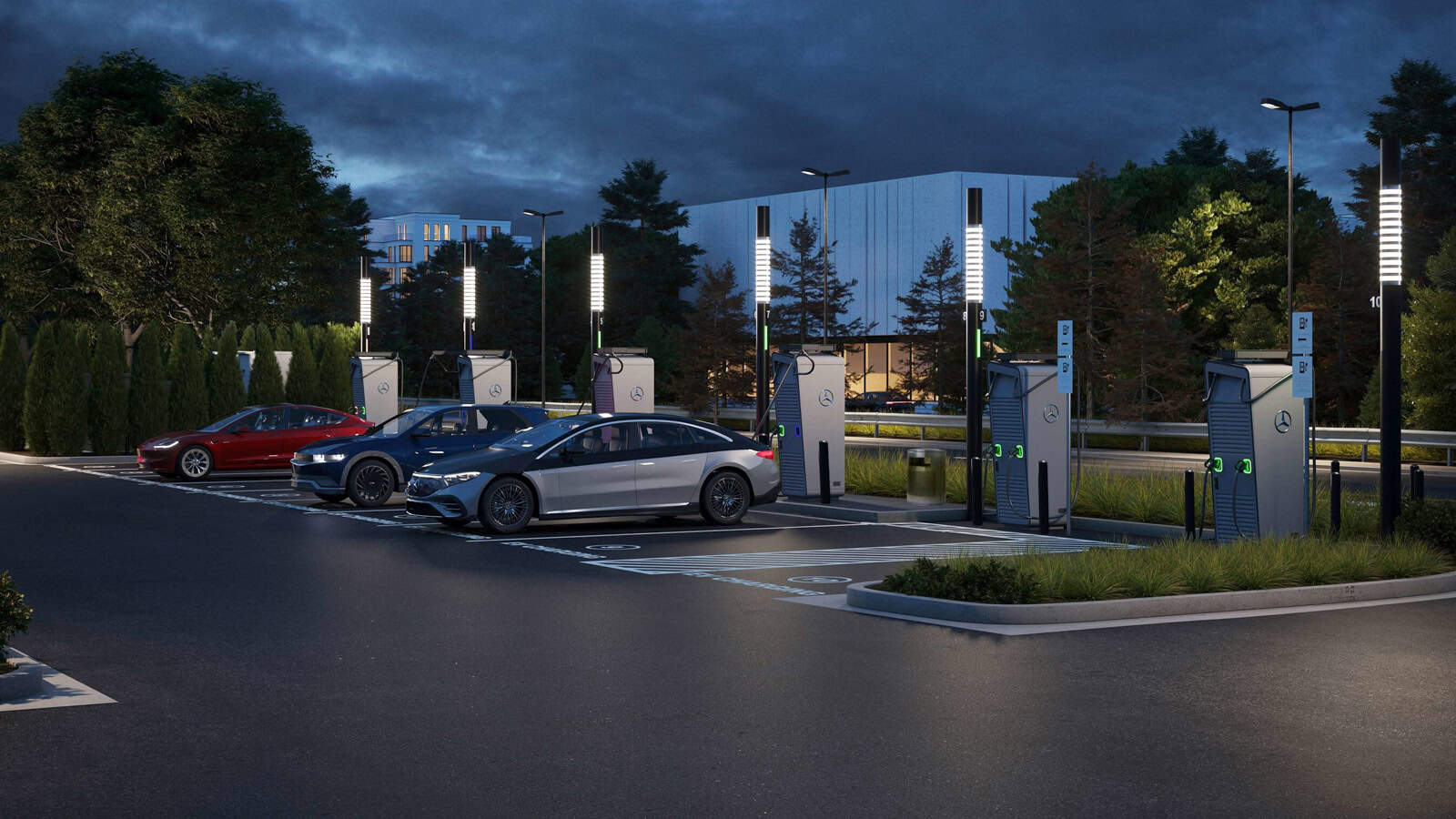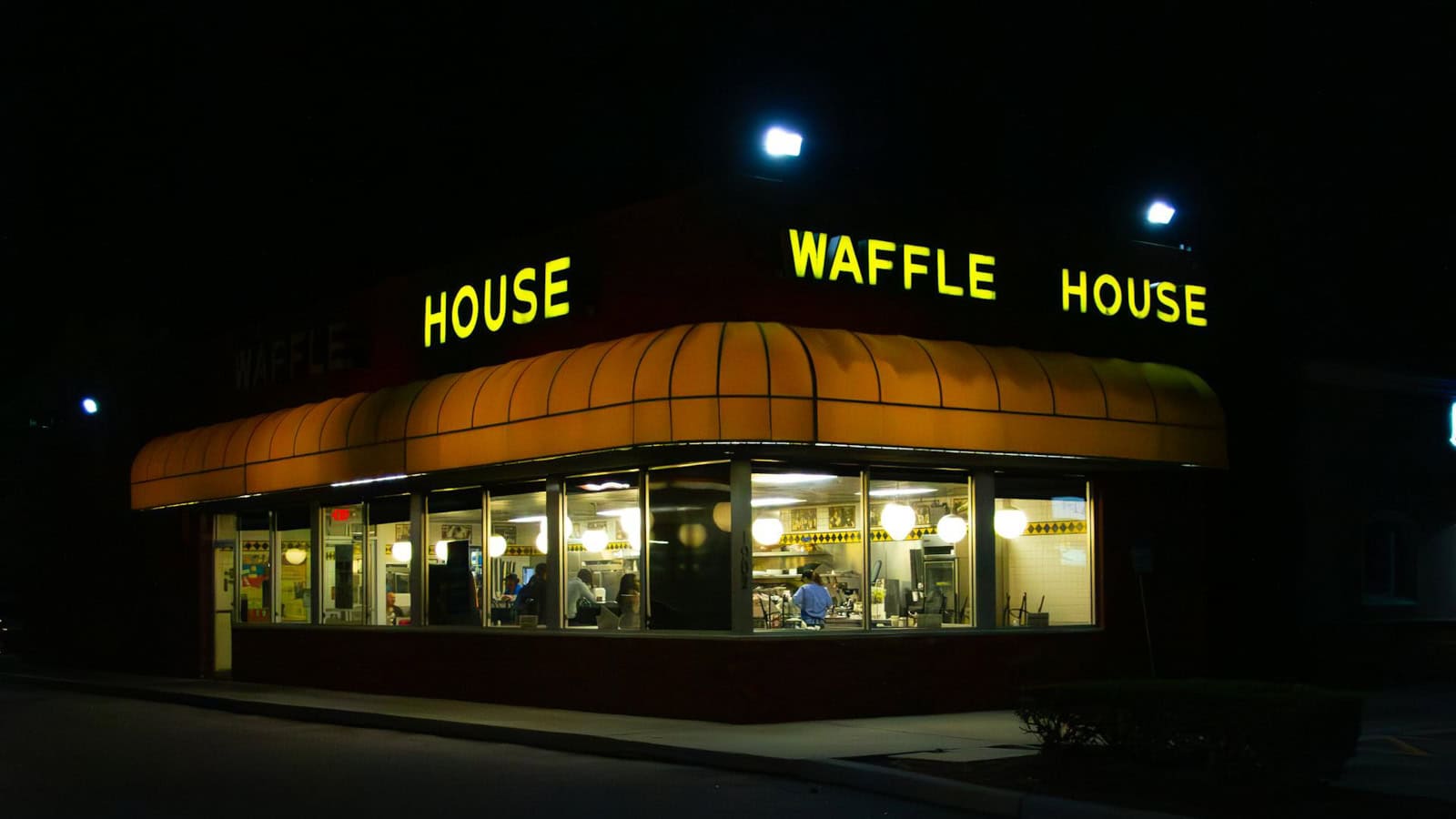- The SAE J3400 (NACS) standard’s release will open up the EV charging market to all providers.
- Other EVSE providers have pledged to expand their NACS/J3400 networks.
- Based on NEVI award information, Tesla is still in the game despite shrinking its Supercharger team but is sending mixed signals.
Last year, a flood of automakers announced they would make their electric vehicles compatible with the Tesla NACS connector needed to access the company’s extensive Supercharger EV charging network.
By 2025, most electric vehicles sold in the U.S. will be NACS compatible without using a dongle. But, on April 30, Tesla announced it would slow down Supercharger expansion and laid off its entire Supercharger team.
ADVERTISEMENT
Does this mean that there won’t be a growing number of NACS EV charging stations? That would be annoying since so many EVs are shifting to use the standard.
In fact, the number of NACS stations built by companies other than Tesla should start to grow at a lively clip. But they will be SAE J3400-compatible stations because NACS is set to become an official SAE connector standard. That means any EVSE maker can use it.

Tesla will apparently continue to expand its Supercharger network too, albeit at a slower pace.
Release of the SAE J3400 Standard Can’t Come Soon Enough
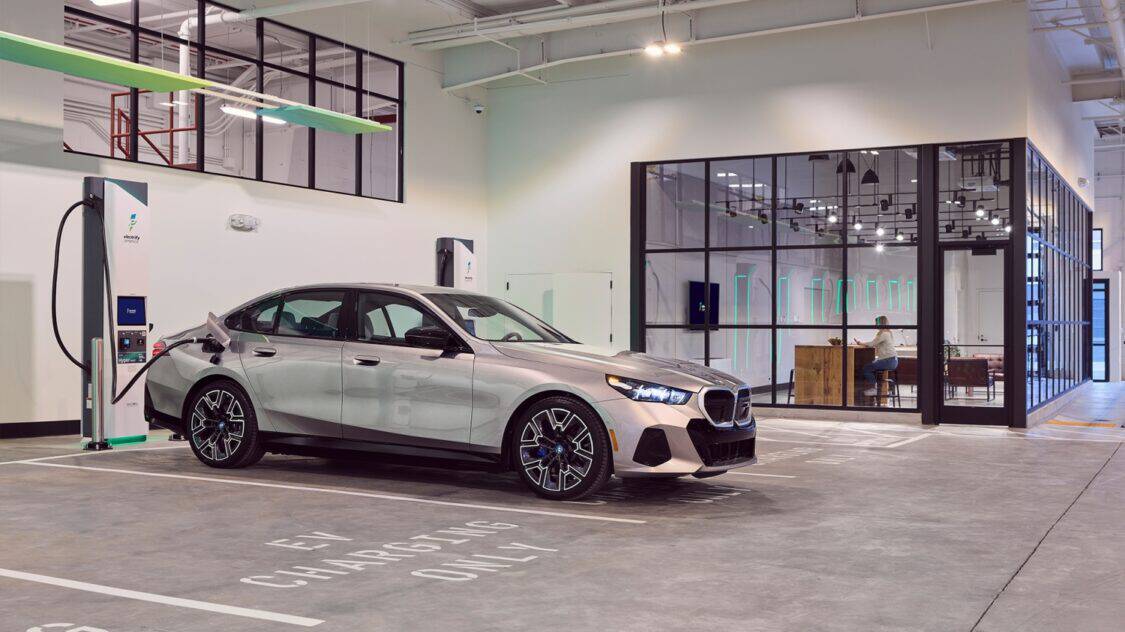
As EVAdoption charging network guru Loren McDonald explained to me in an interview, NACS compatibility is about more than the plug. It also requires that each automaker ensure the underlying software works. When Tesla was the only NACS game in town, automakers had to negotiate access to that software with Tesla. But that is about to change.
After SAE finishes certifying the J3400 standard — expected later this year — any EVSE supplier or manufacturer can use, manufacture, or deploy the J3400 connector across North America, according to SAE.
For now, the driver of an EV that has the proper software needs an adapter to use a Supercharger NACS station. But the next generation of many EVs will be produced with a NACS/J3400 port and thus won’t need an adapter.
Meanwhile, after SAE has released the J3400 standard, any EVSE provider can build and install chargers with the standard. Then, the growth of EV charging sites with SAE J3400 plugs will depend on the pace of non-Tesla companies’ buildout. And it seems other companies are on it.
ADVERTISEMENT
EVgo and NACS
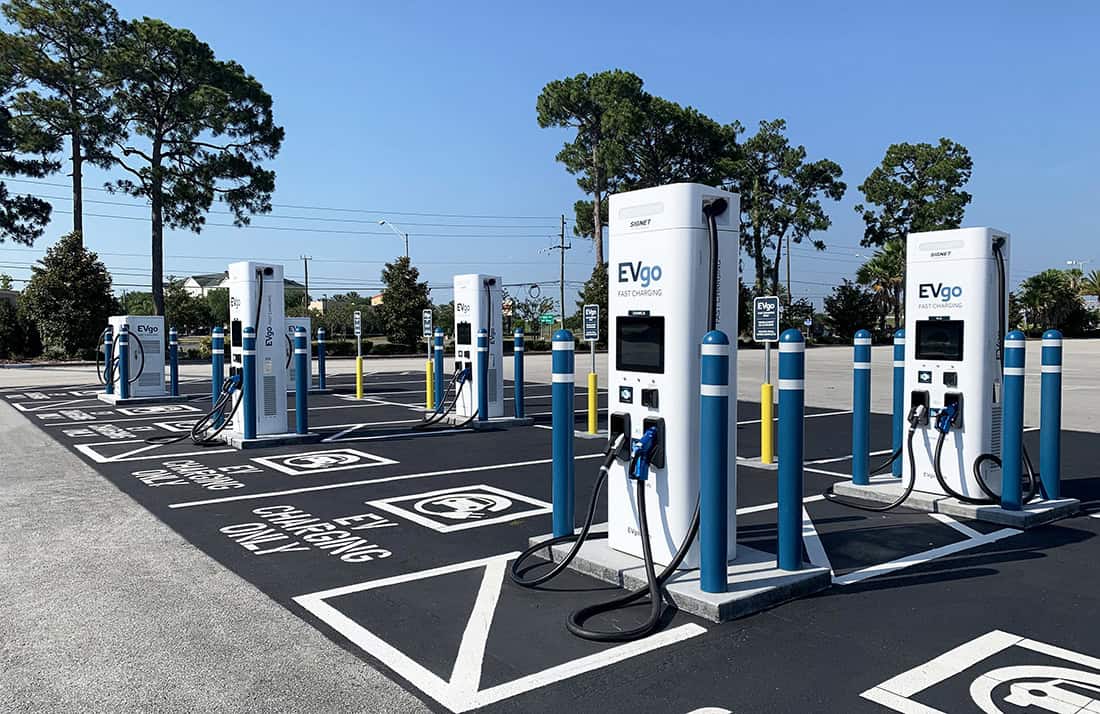
EVgo, one of the nation’s largest EVSE providers, jumped on the opportunity to expand its NACS EV charging network and attract both Tesla and non-Tesla EV drivers to its stations. It announced it would begin deploying NACS/J3400 on its network later this year.
Other large EVSE providers, including Electrify America, have also committed to adding NACS/J3400 connectors to their networks.
Tesla and NACS

Tesla also is still expanding its Supercharger network, albeit at a much slower pace than previously. The latest info on NEVI applications and awards show that Tesla is still in the game.
According to EVAdoption, Tesla is the host of two sites in round one of Wisconsin’s NEVI request for proposals. Tesla also was awarded two sites in round two of the Kentucky NEVI process, almost assuring that those Supercharger sites will go forward.
Meanwhile, Tesla was initially included in NEVI awards recipients in Massachusetts but — when asked if it wanted to continue following the layoffs — wavered, according to press reports.
As EVAdoption points out, the Wisconsin awards appear to show that state Departments of Transportation still have confidence that Tesla can “execute NEVI projects.” But the Massachusetts situation casts doubt on that assumption.
We also don’t know if Tesla will continue to apply to states for NEVI site awards or, if it is selected, whether or not it is able to actually build the sites in a timely manner.
Regardless, other EVSE firms are stepping up to build NACS/J3400 stations. Demand for those chargers will be high given the desirability of an EV charging station with a NACS/J3400 plug. It works for both Level 2 and DC fast charging and at a higher voltage (faster charging!) than other standards.
So, drivers in those EVs with NACS/J3400 ports shouldn’t be wanting for a charger, if only the buildout keeps pace with the demand.
ADVERTISEMENT

FEATURE IMAGE: TESLA
FTC: We use income-earning auto affiliate links. Learn more.


